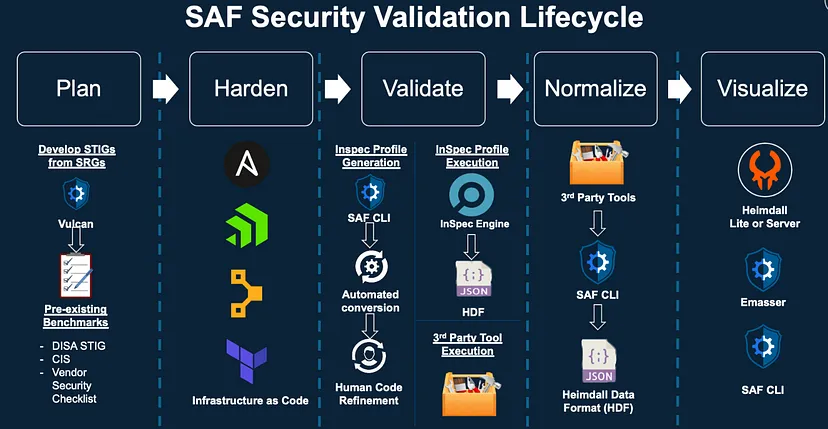Introduction
Welcome to our comprehensive guide on the essential tools for incident response and investigation. In today’s digital landscape, organizations must be prepared to handle incidents effectively and efficiently. By utilizing the right tools, teams can streamline their incident response processes, minimize the impact of security breaches, and ensure a swift investigation to mitigate future risks.
Importance of Incident Response and Investigation
Effective incident response and investigation are crucial for maintaining the security and integrity of any organization. When a security incident occurs, prompt action is required to identify, contain, and remediate the issue. Through thorough investigation, teams can gain valuable insights into the root cause of the incident, identify vulnerabilities, and implement necessary measures to prevent similar events from happening in the future.
Key Steps in Incident Response and Investigation
Before diving into the essential tools, it’s essential to understand the key steps involved in incident response and investigation. These steps typically include:
- Preparation: This involves creating an incident response plan, establishing roles and responsibilities, and ensuring the availability of necessary resources.
- Identification: The first step in incident response is identifying that an incident has occurred. This can be achieved through various monitoring and detection tools.
- …
Planning and Preparation for Incident Response
Proper planning and preparation are vital for effective incident response. Organizations should have a well-defined incident response plan in place, outlining the necessary steps to take when an incident occurs. Additionally, teams should conduct regular training and simulations to ensure that everyone understands their roles and responsibilities.
Essential Tools for Incident Detection
When it comes to incident detection, organizations can leverage a variety of tools to monitor their networks, systems, and applications for any suspicious activities. Some essential tools include:
- Network Intrusion Detection Systems (NIDS): These tools monitor network traffic and detect any signs of unauthorized access or malicious activities.
- Endpoint Detection and Response (EDR) Solutions: EDR solutions provide real-time monitoring and response capabilities on individual endpoints, allowing for quick detection and containment of threats.
- …
Tools for Incident Analysis and Triage
Once an incident is detected, it’s crucial to analyze and triage the situation effectively. Various tools can aid in this process, such as:
- Security Information and Event Management (SIEM) Systems: SIEM systems aggregate and analyze security event data from various sources to identify patterns and potential threats.
- Log Analysis Tools: These tools collect and analyze log data from different sources to identify any anomalies or indicators of compromise.
- …
Tools for Forensic Investigation
Forensic investigation plays a crucial role in understanding the nature of an incident and gathering evidence for legal and remediation purposes. Some essential tools for forensic investigation include:
- Memory Analysis Tools: These tools analyze the memory of compromised systems to identify malware, artifacts, or suspicious activities.
- Disk Imaging and Analysis Tools: These tools create forensic images of storage devices and allow investigators to analyze file systems, deleted data, and metadata.
- …
Incident Response Automation and Orchestration Tools
To enhance the efficiency and effectiveness of incident response, organizations can leverage automation and orchestration tools. These tools help streamline repetitive tasks, enable faster response times, and ensure consistent processes. Some popular automation and orchestration tools include:
- Security Orchestration, Automation, and Response (SOAR) Platforms: SOAR platforms integrate with various security tools and automate response actions based on predefined playbooks.
- Workflow Management Tools: These tools enable teams to create and manage incident response workflows, ensuring tasks are assigned, tracked, and completed efficiently.
- …
Best Practices for Incident Response and Investigation
While having the right tools is essential, following best practices is equally important to ensure a successful incident response and investigation process. Some key best practices include:
- Documenting and Communicating: It’s crucial to document incidents, actions taken, and lessons learned. This information should be communicated across the organization to improve future incident response.
- Continuous Improvement: Incident response processes should be regularly reviewed and refined based on lessons learned and industry best practices.
- …
Conclusion
In conclusion, incident response and investigation are critical components of maintaining a secure and resilient organization. By utilizing the essential tools mentioned in this article, organizations can enhance their incident detection, analysis, and response capabilities. Remember, incident response is an ongoing process, and continuous improvement and adaptation are key to staying ahead of evolving threats.
I hope you find this article helpful in understanding the essential tools for incident response and investigation. Stay tuned for more informative content on cybersecurity and best practices.




